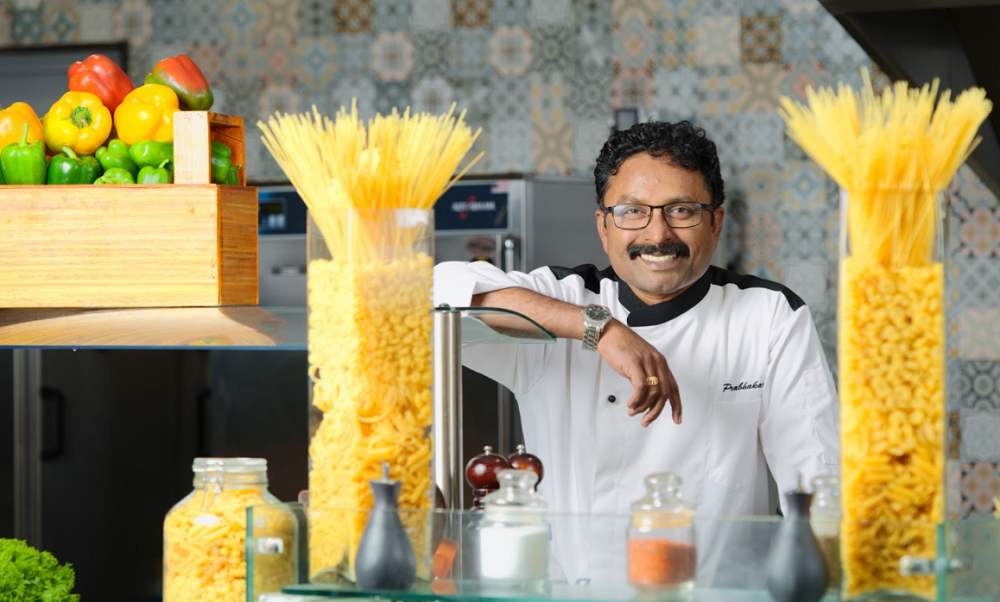


A large number of people these days are turning or at least attempting to turn vegetarian and vegan, and hence chefs have found a way in making sure these people don’t miss out on the taste of meat-based food, especially for those who have been hardcore non vegetarians. Simple food tossed with the right spices and ingredients can stir up quite a cuisine and who knew innovation could take such a drastic turn and have vegetarian food disguised as a non-vegetarian one. This innovation in food doesn’t not only save resources and animal life but also ensures no sacrifice in one’s nutrition consumption.
Adopting a vegan lifestyle not only has personal health benefits, it also helps the environment in many ways. It has been found that cutting meat and dairy products from your diet could reduce an individual’s carbon footprint.

The idea of replicating meat without the actual consumption of meat is the main concept behind the trend. This is mostly where faux meat started gaining prominence. To start with, vegetarian meat involves dairy products and other bi-products like honey, again derived from honey-bees. Whereas vegan meat is prepared using only plantbased ingredients, with dairy along with any other animalbased components being totally eliminated. Chef David Raj, director of culinary innovation, Elior India, says, “There are a lot of ways to innovate with our food. If you are looking to substitute the meat-based protein in your food, soya and paneer are the best options. With legumes as well there are a lot of innovations that are possible, where we can make it taste like meat. In India we have not gone in-depth into innovation like the US and other countries, where they have made a replica of beef with the texture and looks closely resembling beef with GMO (Genetically Modified Organism) products.”

He adds, “For meat lovers too, there are interesting menus with legumes. For example, a replica of a liver dish with green moong, where the latter ingredient is pureed, made into a batter and steamed. Then, it is cut into small pieces and mixed with herbs and spices till it looks like an actual liver. Similarly, when we talk about rajma (kidney beans) or chickpeas which are high in protein, we talk about non-meat meatballs. Soya can be a part of it, with rajma and beetroot for the red-meat colour and the required texture.” With vegan (non-dairy) variants of almost every food product and ingredient available, people are increasingly turning towards sustainable eating as their food preference.
Explaining the current trends and demands, Chef David says, “In terms of our menus, we work on using soya differently, apart from the usual soya chunks. The combinations and the way of cooking can differ and ring in a Western style preparation of the dishes that makes it more interesting for a person who has converted themselves into vegetarianism. We have a lot of innovative ideas that we can use in our cuisines, be it mushrooms being modified for various dishes, among others.”

We grew up being told to eat our greens, but now it seems purple foods are taking over. So, is purple the new colour of health? Going by the popularity of the pigment anthocyanin, a super antioxidant which gives some foods a distinct purple-black-reddish colour, it definitely seems so. There are proven potential health benefits of this compound against heart disease, diabetes, cancer, ageing, inflammation and neurological diseases. Food such as wine, blueberries, purple grapes, eggplant, beets, pomegranate, red rice, purple cabbage, cherries, etc, are included in the list and it is as healthy as it is appealing to look at.
Purple foods have thus begun to slowly replace existing vegetables, as they are only different variants of regular food items. For example, one can replace regular cauliflower in their meals with purple cauliflower or regular cabbage in their salads with red cabbage. Both these replacements help raise the level of antioxidants and phytonutrients compared to their colourful counterparts. “Only a very small part of the population even knows that purple foods are equally as good as or better than green foods. It currently runs parallel to green foods as a means of healthy food consumption and will definitely increase over time, given that proper awareness is raised,” says Chef Prabhakar Nagaraj, managing partner, Elior India.
Purple foods do not require any special treatment while cooking. One can easily replace normal vegetables with them during the meal creation process, such as using purple potatoes instead of regular ones while making ‘Aloo Jeera’. Encouraging signs such as the increased use of lettuce in salads are the first steps towards this and with time people will come to recognise how purple foods can enhance both the flavour of the dish as well as its health benefits.
“An important feature of all purple foods is the ability to help repair and heal cell damage. Their recent backing by science has boosted their presence. For example, ever since the discovery of different types of carrots beyond the usual orange variety, many more farmers have begun to cultivate purple carrots to meet the soaring demand,” says Chef Prabhakar.